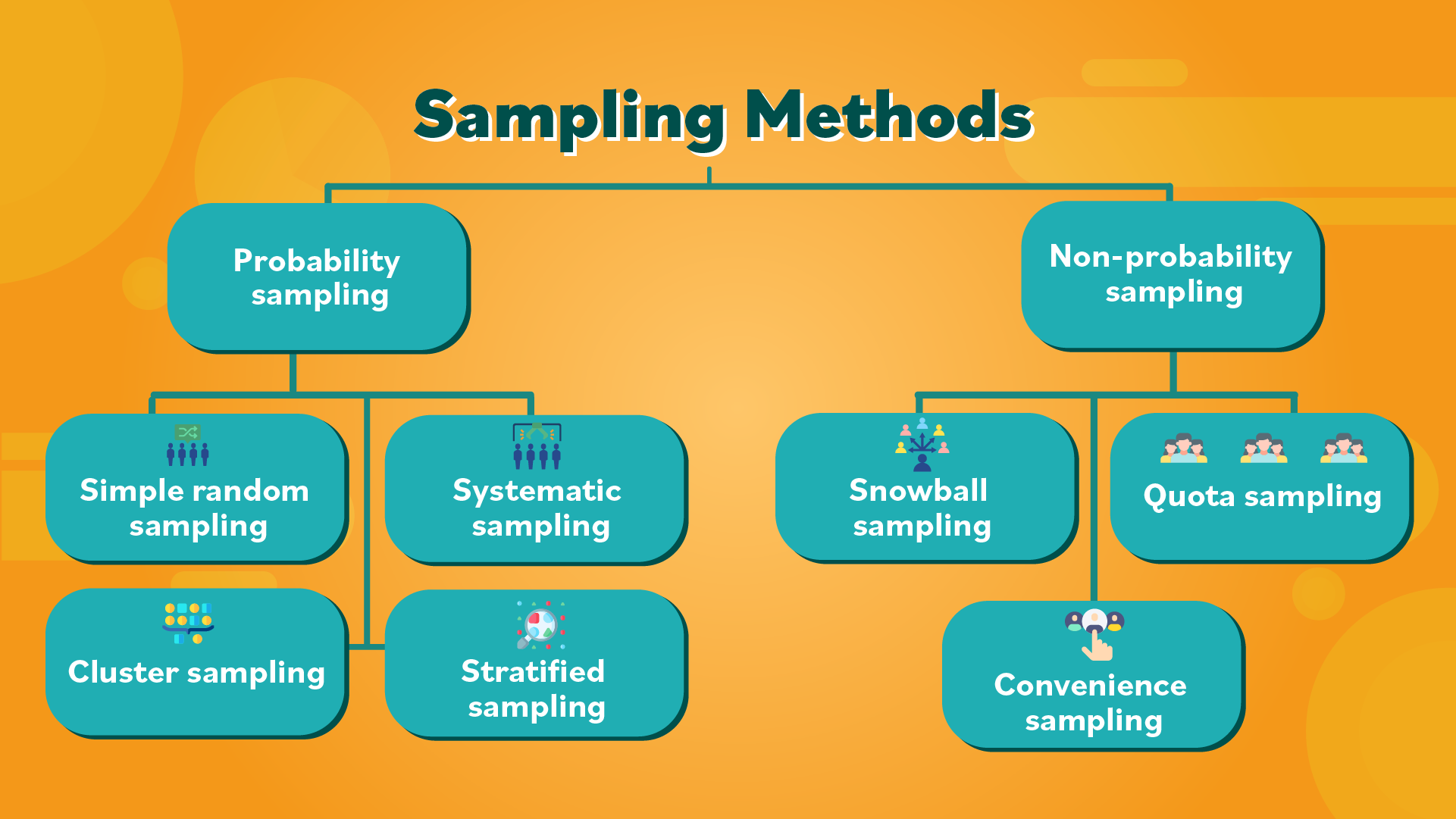Unlocking the Value of Tax Abatement in Real Estate: What Homeowners and Investors Need to Know
Understanding Tax Abatement in Real Estate
Tax abatement is a targeted financial incentive used by local governments to reduce or eliminate property taxes for a set period, most often to encourage real estate investment, support neighborhood revitalization, or make homeownership more affordable. Unlike broad tax cuts, abatements are usually tied to specific improvements or developments and are designed to generate long-term community and economic benefits. This article dives deep into how tax abatements work, who qualifies, the benefits and potential challenges, and actionable steps to access these programs.
What Is a Tax Abatement?
At its core, a
tax abatement
is a local agreement between a property owner and a municipality or county in which some or all of the property tax increase resulting from new construction or significant improvements is exempted for a defined period-often ranging from 5 to 20 years, depending on local laws and the scope of the project. The abatement typically applies only to the
increase
in property value, not to the land’s original value. For example, if you build a new home or make substantial renovations, you may only pay taxes on the original assessed value, with the new value temporarily exempted
[2]
.
Types of Tax Abatement Programs
Tax abatement initiatives vary widely across the United States, but most fall into three categories:
- Residential Abatements: Designed for homeowners or buyers of new or renovated homes in designated districts. These often target underdeveloped neighborhoods or areas impacted by economic downturns. For example, some cities offer a 10-15 year abatement for new construction in specific neighborhoods, so the homeowner pays lower taxes during that period [4] .
- Commercial/Industrial Abatements: Provided to businesses investing in infrastructure, job creation, or revitalization of commercial property. This can involve significant tax relief tied to investment milestones [1] .
- Affordable Housing Incentives: Targeted at developers and landlords who build or maintain affordable housing units, especially when supporting government-subsidized programs such as Section 8. Here, abatements may be structured as annual reductions based on the number of units leased to eligible tenants [5] .
How Tax Abatement Works: Step-by-Step
While the specific process can vary, most tax abatement programs follow a similar sequence:
- Identify Eligible Properties or Projects: Abatements are typically reserved for new construction, major renovations, or projects in designated reinvestment zones. Eligibility may depend on the size of the investment, location, or intended use [2] .
- Application Submission: Property owners must submit a formal application to the local government, often detailing the planned improvements, expected costs, and community benefits. Some programs require a public hearing or city council approval [1] .
- Agreement and Approval: If the application meets program requirements, an abatement agreement is drawn outlining the terms: percentage of taxes abated, duration, and performance obligations (such as completion within a certain time frame).
- Implementation and Monitoring: The property owner completes the agreed-upon work. Local authorities may conduct inspections or require documentation to confirm progress.
- Tax Reduction Applied: Once approved, the abatement reduces the property tax bill for the specified period. In some cases, the abatement phases out gradually, increasing the tax owed each year until the property is fully taxed at assessed value.
Real-World Example: Residential Tax Abatement
A city establishes two residential tax abatement districts in a neighborhood recovering from blight. A homeowner builds a new house valued at $350,000 on a vacant lot. The city grants a 15-year tax abatement on the new construction value, so the homeowner pays property tax only on the land’s original value for the abatement period. This saves thousands of dollars and encourages homebuilding in an area that needs revitalization [4] .
Benefits of Tax Abatement for Homeowners and Investors
Tax abatements provide several key advantages:
- Lower Property Taxes: Reduces carrying costs for homeowners and developers, especially during the critical early years of ownership or after a major investment [1] .
- Neighborhood Revitalization: Attracts investment to underdeveloped or blighted areas, stimulating economic activity and raising property values over time.
- Increased Affordability: Makes new homes and renovated properties more accessible to buyers by reducing tax burdens, potentially boosting homeownership rates [5] .
- Support for Local Jobs: Commercial abatements can incentivize businesses to expand or relocate, creating employment opportunities and growing the local tax base in the long term.
For example, a developer might receive a 50% abatement for 20 years, drastically reducing their property taxes and making it financially feasible to take on large projects in distressed areas [1] .
Potential Challenges and Considerations
While tax abatements offer attractive benefits, there are important considerations and potential pitfalls:
- Limited Availability: Not all municipalities offer abatement programs, and eligibility criteria can be strict. Programs may focus on certain neighborhoods, property types, or investment sizes.
- Time Limits and Conditions: Abatements are always temporary-typically capped at 10-20 years-and may have requirements for continued compliance, such as maintaining affordable rents or completing construction within a deadline [2] .
- Complex Application Process: Applicants may face detailed paperwork, public hearings, or negotiations with local officials. Missing deadlines or failing to meet obligations can result in losing the abatement.
- Risk of Overuse: Some critics warn that excessive use of abatements can reduce local government revenue for essential services, so communities often apply a “but-for” test-granting abatements only when investment would not happen otherwise [5] .
How to Access Tax Abatement Opportunities
If you are interested in pursuing a tax abatement, follow these steps:

Source: livemint.com
- Research Local Programs: Start by contacting your city or county tax assessor’s office or economic development department. Many municipalities provide online guides or program overviews. Search for terms like “property tax abatement,” “residential tax incentives,” or “economic development tax incentives” alongside your city’s name.
- Confirm Eligibility: Review program requirements carefully. Some programs are restricted to specific neighborhoods, income levels, investment amounts, or property types. You may need to show that the project would not happen without the incentive.
- Prepare Documentation: Gather detailed plans, cost estimates, and any required compliance documents. Be ready to demonstrate the project’s community benefit, such as job creation, affordable housing, or blight reduction.
- Apply and Attend Hearings: Submit your application and participate in any required public hearings or meetings with local officials.
- Monitor Compliance: After approval, ensure you meet all ongoing requirements, such as maintaining the property or submitting periodic reports as required by the abatement agreement.
If you are unable to find information online, call your local government offices and request details on active tax abatement programs. Real estate agents, local housing authorities, and nonprofit housing organizations can also be valuable resources for guidance and program updates.

Source: taxaide.com.ng
Alternatives to Tax Abatement
In areas where abatements are not available, consider other forms of property tax relief, such as exemptions for seniors, veterans, or people with disabilities. Some states offer credits or rebates for energy-efficient upgrades or historic preservation. Always check with your local tax authority for a full list of available incentives.
Key Takeaways
Tax abatement programs can be a powerful tool to lower property taxes, restore neighborhoods, and stimulate economic growth. However, they are subject to local policy, eligibility criteria, and compliance requirements. If you are considering a real estate investment or home purchase, investigate whether tax abatement is an option in your area and carefully follow the application process to maximize your benefits.
References
- [1] Good Jobs First (2023). Overview of property tax abatements and how they work for companies and developers.
- [2] Texas Comptroller (2023). Explanation of tax abatement agreements, eligibility, and legal basis.
- [3] Franklin County (2023). Tax abatement incentives and program basics for real estate.
- [4] City of Shaker Heights (2022). FAQs on residential tax abatement districts and eligibility.
- [5] National Housing Conference (2023). Policy guide to tax abatements in the housing sector and best practices.
MORE FROM couponito.com













